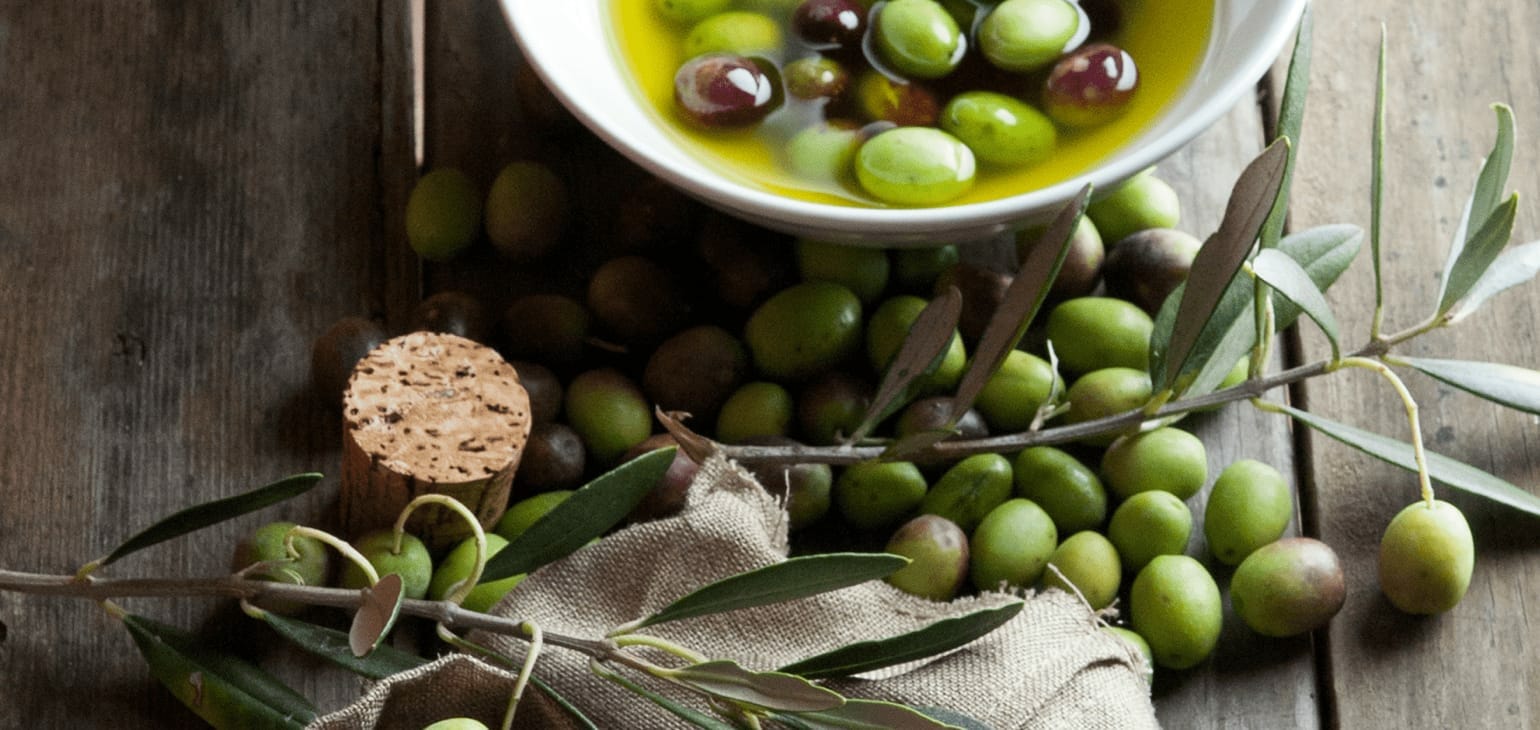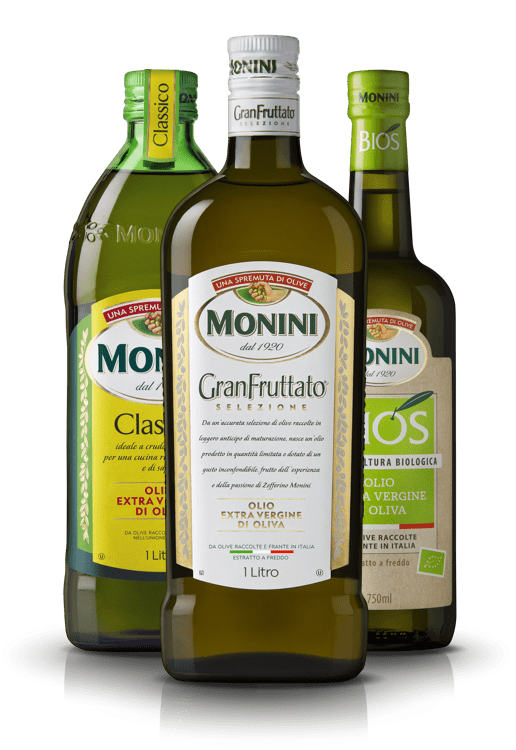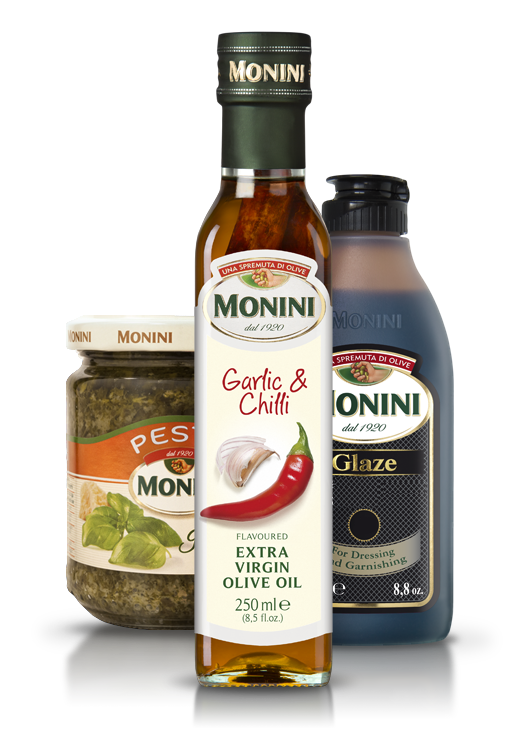THE RITUAL OF TASTING
An oil's aroma encapsulates the secret of its quality.
Oil can be fruity, grassy or reminiscent of olives with more or less evident floral notes, or that are more or less spicy, pungent or bitter. Every oil has a different taste, and tasting is one of the deciding factors in noticing these nuances and understanding if an oil is high quality. Quality doesn’t just mean low acidity, because an oil can have low acidity but feel rough to the taste, or even be defective. Neither should acidity be confused with the pungency typical of freshly milled oils, which are bitter and spicy because they are rich in polyphenols, olives’ powerful antioxidants, which represent the most significant nutritional value of a quality extra-virgin oil. Acidity cannot be tasted, but can be measured only in a laboratory.
Performed by a team of professional tasters, the tasting is coordinated by Zefferino Monini, ensuring consistent quality over time. To discover all his secrets, watch a short video of his tasting experience.
GUARDA IL VIDEO
You too can become an expert taster: by following the few steps below and comparing your impressions with those listed in the sensory dictionary, you can discover the merits and defects of any oil.

1/6
Pour a little oil in a small glass, cover it with the palm of your hand and swirl it gently. Let your hands warm the glass, then smell it: the warmed-up oil will release all its aromas.







